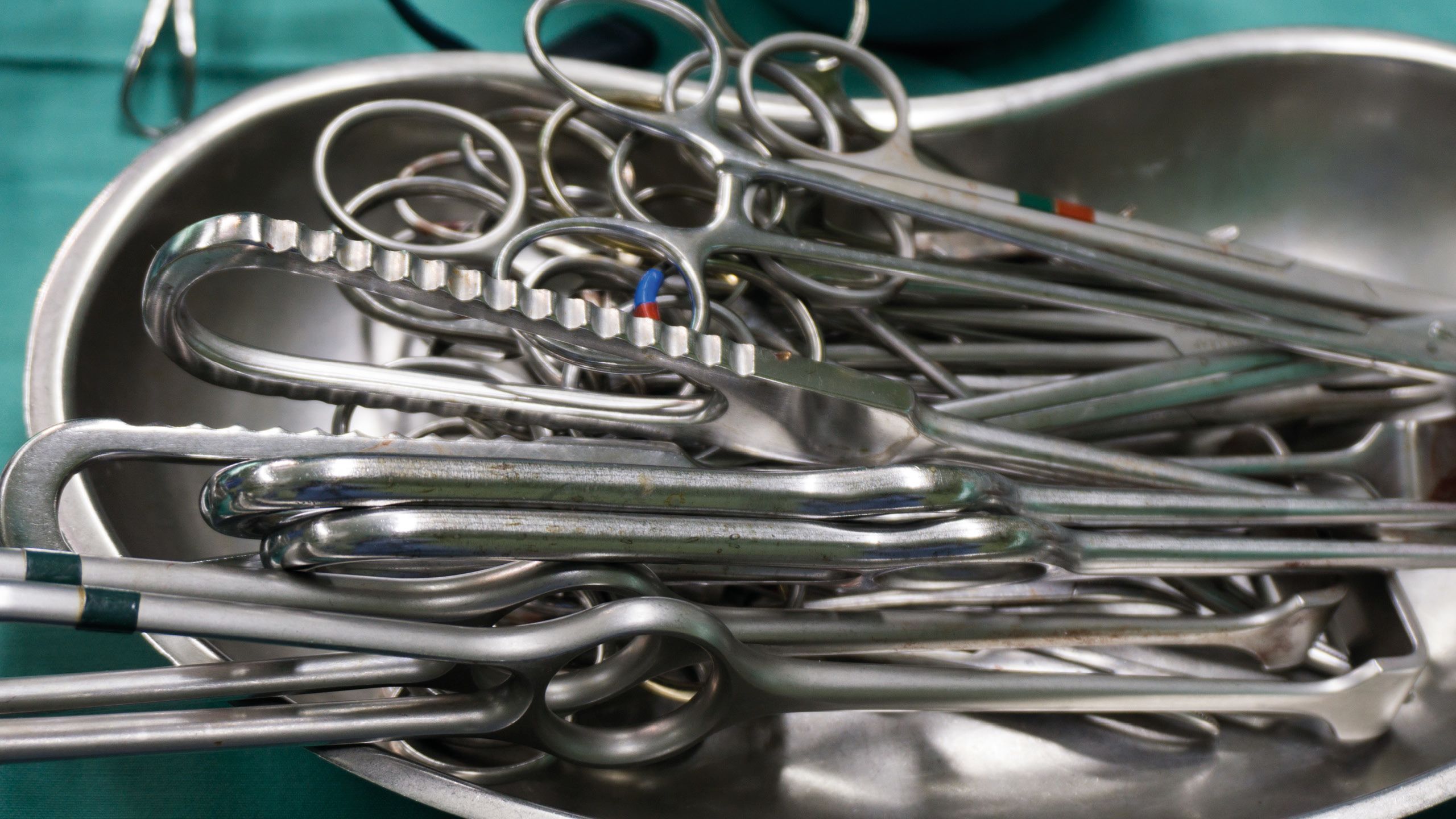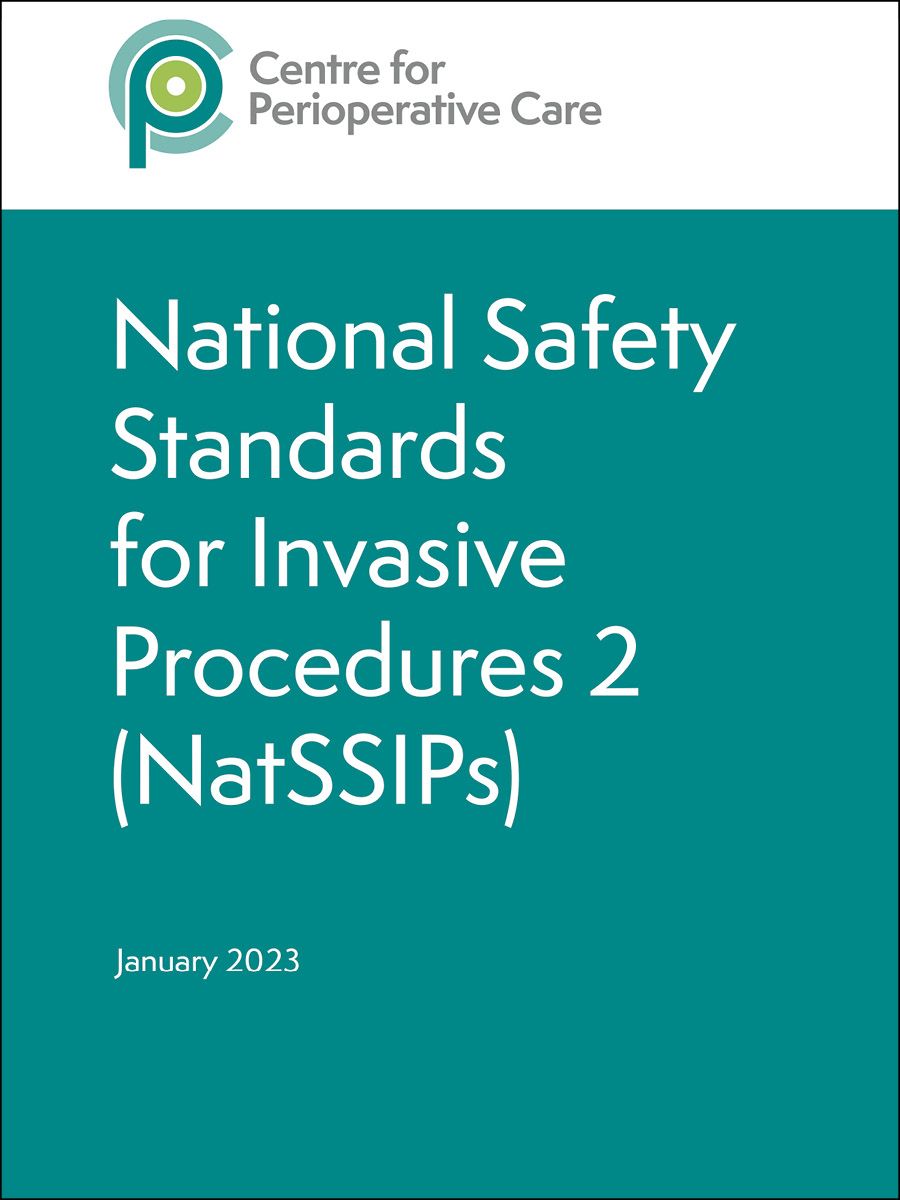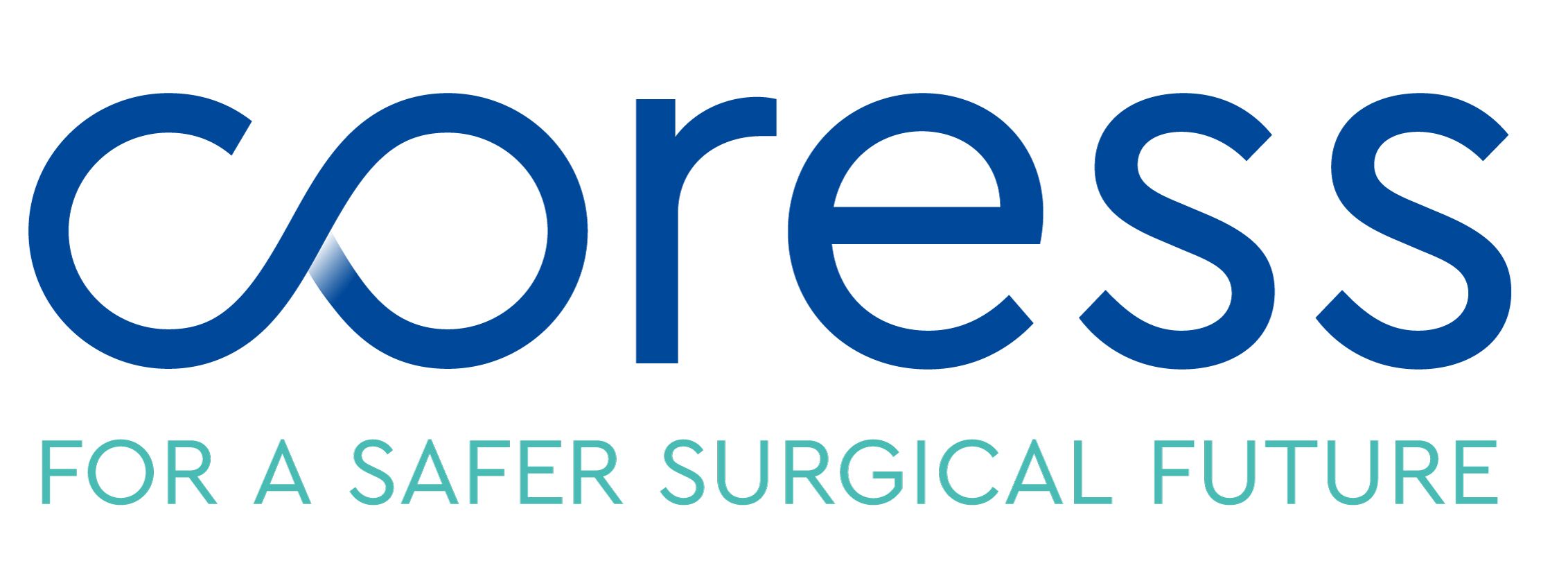Surgical safety update

Unfamiliar equipment leading
to laparoscopic port injury
A 28-year-old woman who had undergone no prior abdominal surgery presented with recurrent lower abdominal pain and requested diagnostic laparoscopy when investigation options were discussed.
On the day of surgery the surgeon requested a particular 12mm port, but the theatre staff were unable to find the requested port. Three alternative ports were shown to the surgeon who selected the port they wanted to use.
An open technique was used to insert the primary port at the umbilicus, but the fascial opening was not quite wide enough and insertion required a push, which was followed by a ‘give’. Two further ports were inserted under vision.
During inspection of the small bowel, small bowel content was seen and a bowel injury then identified. The umbilical port site was enlarged and the bowel injury repaired. Subsequent inspection of the original port and trochar revealed it was not the port that the surgeon had intended to use, and the port had a cutting blade within which became exposed when pressure was applied to the port.
Reporter’s comments:
Thankfully the patient made an uneventful recovery although they needed a longer stay in hospital. During debrief the surgeon noted that they were not familiar with the port they had used, not realising there was a cutting blade within it. The theatre staff were sure they had opened the port that was requested.
The lesson here is to check the equipment thoroughly, as even though the ports were discussed during the initial team brief/huddle and mentioned at ‘time out’, the correct port was not opened.
CORESS comments:
Surgery has seen a huge increase in items of disposable equipment, many of which have their own particular design features. Individual surgeon preferences, combined with supply-chain issues, increase the likelihood of the surgical team encountering equipment with which they are unfamiliar.
The ‘team brief’ step of the NatSSIPs2 sequential standards is the appropriate time to discuss, and inspect if possible, the available equipment. Consideration should be given to postponing the case if suitable equipment is not available or if lack of training will put patient safety at risk.
Wrong-side varicose vein treatment
A 54-year-old woman was referred to the vascular clinic for symptomatic varicose veins. She was noted to have superficial incompetence with haemosiderin pigmentation and prominent varicosities in both legs, although her discomfort affected principally her left leg. Local funding was agreed to treat the veins in her left leg and she was placed on a pooled list for radiofrequency ablation.
She subsequently attended for day-case radiofrequency ablation where consent for surgery for treatment of the left leg was obtained by the trainee surgeon who had read her outpatient notes. Veins in both legs were marked and the patient was taken to theatre, where the veins of the right leg were treated by the consultant surgeon, who had not previously seen the patient. At postoperative follow-up the patient queried why the left-sided varicosities, the cause of her major symptoms, had not been treated.
Reporter’s comments
This was a case of wrong-side surgery. Factors contributing to this may have included the fact that the patient had similar varicosities in both legs – although the left leg was symptomatic – and both legs had been marked. The operating surgeon hadn’t seen the patient before or reviewed the full medical records, and didn’t confirm the side with the patient, although a WHO check was carried out. Despite the fact the procedure was carried out under tumescent local anaesthesia, the patient did not query the side of the procedure when the leg was being prepared for intervention.
CORESS comments
It is not clear why both legs were marked when surgery was planned only for the left side, nor whether the person obtaining consent was present at the team brief. Diligent execution of the ‘Site Marking’, ‘Team Brief’ and ‘Sign In’ steps of the NatSIPPS2 sequential standards could have alerted the team to discrepancies between consent, site marking and the patient’s understanding. Not doing so in this case meant that a number of opportunities to correct errors were missed.

The National Safety Standards for Invasive Procedures (NatSSIPs), including counting surgical instruments, swabs and sharps at the end of the surgical procedure, should be rigorously followed to prevent incidents and potential patient harm
The National Safety Standards for Invasive Procedures (NatSSIPs), including counting surgical instruments, swabs and sharps at the end of the surgical procedure, should be rigorously followed to prevent incidents and potential patient harm
Unexpected surgical step leading
to retained specimen
The patient underwent a laparoscopic high anterior resection for a sigmoid tumour on an elective list. The initial resection was performed without incident. However, on performing the anastomosis it became necessary to resect an additional portion of the rectum to achieve a satisfactory end-to-end anastomosis and remove a rectal diverticulum. The additional 8cm portion of resected rectum was parked to the side for removal after completing the anastomosis. The second resected specimen was not removed as planned and left inside the abdomen at the end of the procedure. The operating surgeon realised this while driving home.
The patient returned to theatre later that night for the specimen to be removed. No harm came to the patient other than requiring additional anaesthetic. However, it would have caused a significant problem if left in for several days. All of the WHO checklists and forms were completed appropriately, as was the Trust’s Duty of Candour policy.
Reporter’s comments:
The issue of failure to remove the second specimen came to light only when the surgeon remembered when they drove home. This case might highlight the development of checklist fatigue or the inability for a checklist to cover every scenario without being unduly long. Or it may just be an oversight that could not have been mitigated by the current checklist system. It was a very long operating day and the opportunities for breaks were limited, so both the surgeon and the surgical team were tired. The case was discussed at the departmental M&M, but no firm solution to prevent a recurrence was identified.
CORESS comments:
NatSSIPs2 sequential standards include a ‘Reconciliation’ step, commonly called the ‘surgical count’, when swabs, sharps and instruments are accounted for at the end of procedure. The standard states that ‘the count should include any item that enters the procedural field’ and the ‘Sign Out’ stage includes a step to check that specimens are correctly labelled. However, neither of these steps in the checklists are designed to detect what was an unexpected step in the surgical procedure, which resulted in an additional organic ‘item’.
The extended surgical day was a confounder since the team were tired and even a more extensive ‘Sign Out’ checklist may not have prevented the incident. Vigilance is key; noting additional steps during the procedure on the theatre whiteboard is recommended to increase awareness among the entire theatre team.
Harriet Corbett
Programme Director on behalf of the CORESS Advisory Board
|
The CORESS comments for all of the cases described in this article reference the revised National Safety Standards for Invasive Procedures (NatSSIPs 2)1, which were published in January 2023. The standards, arising from the WHO checklist, are designed to improve understanding between members of the surgical team and improve patient safety. If applied with due care, the standards can assist in the prevention of many untoward events. |
|
We are grateful to those who have provided the material for these reports. The online reporting form is on our website, coress.org.uk, which also includes previous Feedback Reports.
CORESS is an independent charity supported by AXA Health and the MDU
Published cases will be acknowledged by a Certificate of Contribution, which may be included in the contributor’s record of continuing professional development. |

